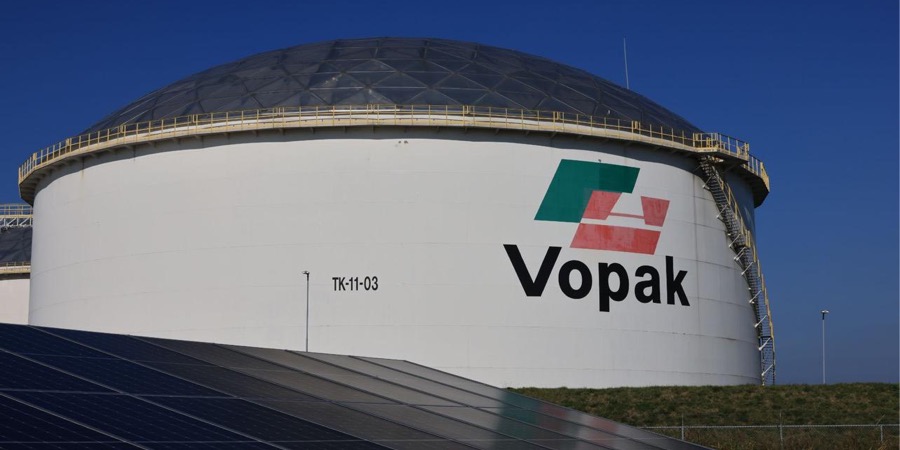ABC environmental assessment certificate has been issued to Vopak Development Canada Inc for the proposed Vopak Pacific Canada Project, which is on federal lands within federal jurisdiction.
The provincial environmental assessment certificate contains required conditions regarding matters within provincial jurisdiction, should the federal government determine that the project can proceed.
The provincial certificate with conditions was issued following a decision by George Heyman, BC’s minister of environment and climate change strategy, and Bruce Ralston, BCs minister of energy, mines and low carbon innovation.
The Vopak project is a proposed new bulk storage facility for liquified petroleum gas (propane, ethane, butane), methanol, light diesel and/or gasoline on Ridley Island in the territories of Gitga’at, Gitxaała, Kitselas, Kitsumkalum, Metlakatla and Lax Kw’alaams Nations.
The project would include unloading platforms for bulk liquid gas transported to the facility on the existing rail loop on Ridley Island and docking berths on a new offshore jetty for exporting liquid gas. Liquid gas products would be transported to the facility from across Western Canada via existing Canadian National Railway lines.
In their decision, the ministers considered the Environmental Assessment Office’s report and the chief executive assessment officer’s recommendation to issue a certificate. They also considered consultation and reviews by First Nations, input from public engagement and submissions from non-governmental organisations. In addition, ongoing federal approvals still required for the project to proceed, and areas of primary federal and provincial jurisdiction were considered.
The project is required to meet specific conditions and design parameters under the environmental assessment certificate, if it moves ahead. The ministers have determined that with the certificate’s requirements, significant adverse effects are unlikely to occur regarding areas under provincial jurisdiction.
The legally binding conditions include:
- Developing a greenhouse gas emissions reduction plan.
- Working with the local community and First Nations to address potential adverse effects on community services, infrastructure and well-being.
- Participating in initiatives at the request of the Province to manage potential cumulative effects of this and other projects in the area.
A range of mitigation measures have been proposed by federal regulators to address impacts of the project. These cover air quality, greenhouse gas emissions, noise, visual quality and ambient light, marine and land resources, soils and terrain, freshwater fish and fish habitat, marine use and navigation, heritage and archaeology, and human health.
The EAO examined potential impacts of the project on Indigenous rights and title, and consulted with Gitga’at, Gitxaała, Kitselas, Kitsumkalum, Metlakatla and Lax Kw’alaams during the environmental assessment.
The EAO also engaged the public throughout the process, with three separate public comment periods, and required Vopak to report on how it was addressing public concerns.
As a result of feedback from the technical working group, the public and First Nations, Vopak made substantive changes to the project design during the environmental assessment. This includes excluding dredging from the project design and changing vessel mooring to minimise disturbance of the sea floor to reduce potential harm to local fish and marine life.
Vopak estimates that direct expenditures during construction would total $885 million over two years, with approximately 250 full-time equivalent jobs within BC, 70 of them local to the site. Vopak estimates direct expenditures during operations of approximately $29 million per year within BC, and the creation of approximately 39 direct jobs (30 local) annually within BC.
The provincial environmental assessment of the project began in 2018 and was conducted under the 2002 Environmental Assessment Act.
For more information visit www.vopak.com


















